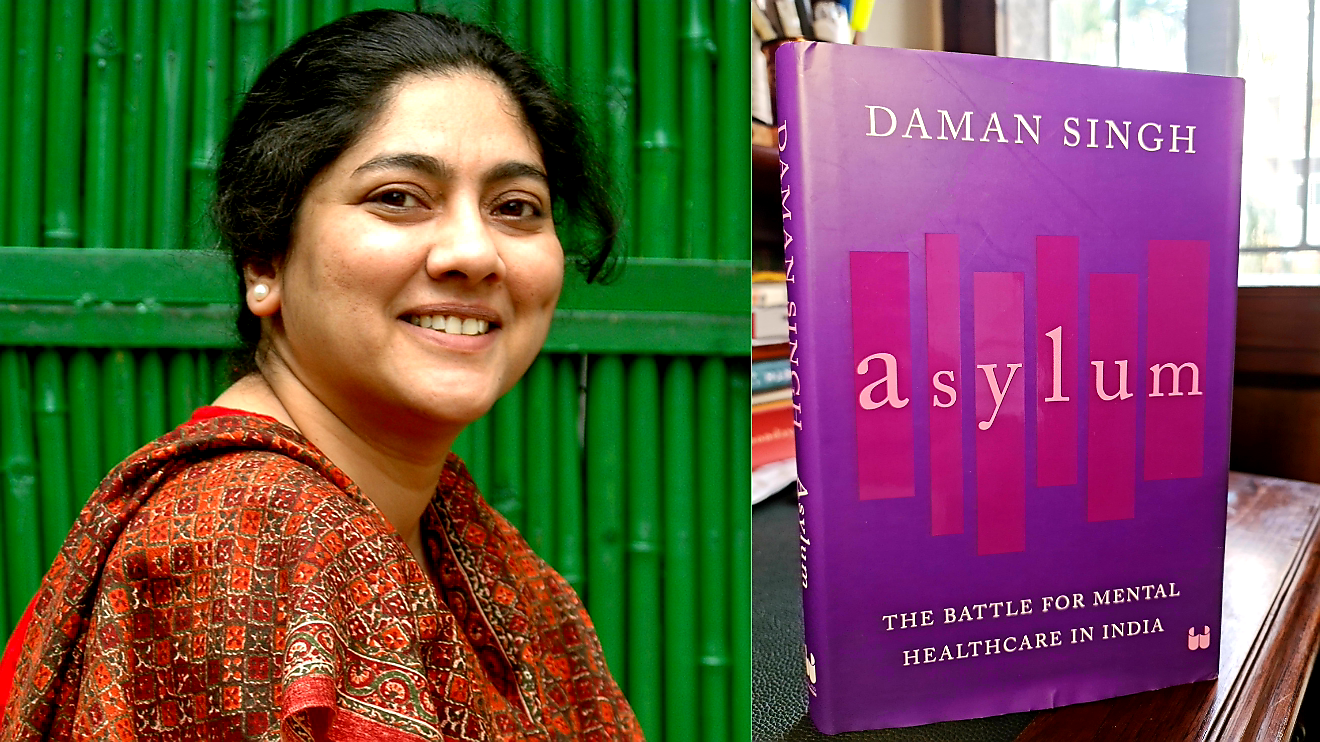
Healing history
A new history of mental health care exhumes a long-forgotten chapter of colonial rule.
"Ranchi's clientele was a class apart. On the British social ladder, white and semi-white persons settled in India were – at best – middle-class. But in colonial society they ranked as elites. In 1939, Ranchi would open its doors to another kind of elite. Under 'certain conditions' a few Indians 'of European habits' could also be admitted. The hospital was clearly a cut above the rest. It was better designed, better built, and better equipped. It also enjoyed the kind of freedoms that others did not have." – From Asylum, Chapter 5, 'Bending the Rules'.
Mental health is trendy, but it is starkly devoid of any sense of context. The lay mental health enthusiast would find it hard to imagine that a rich mental health movement existed in India long before celebrities or the mainstream media embraced it, or the pandemic made it a household talking point.
Much of the blame for this rests with the lack of accessible histories of mental health care. How did India treat the 'insane' before the advent of modern psychiatry and psychotherapy? What role did pre-independence 'alienists' play in improving standards of care? How did the mental health establishment reflect the oppressive social hierarchies in the outside world? When did we move away from the grisly 'asylum' to the more humane 'mental hospital', and why did this shift fall far short of where it should have taken us? With progressive new laws and regulations in place, are we finally ready to adopt a rights-based view of mental health?
Daman Singh's new book Asylum addresses these vital questions. In under 200 pages, Singh, who has worked for two decades in the development sector, tells a sweeping story, replete with startling insights and delightful trivia. I learnt, for instance, that the colonial-era asylum in Madras would bring in jugglers, acrobats, and performing bears to entertain patients from time to time, and that as early as 1925, alienists were advocating for special training for 'mentally defective' children, 'somewhat on the lines of the Montessori system'.
I recently caught up with Singh (who is also exactly 20 years my senior at our alma mater St Stephen's College) on what motivated her to write this book, the forgotten heroes of the mental health movement, and where the movement stands today. Edited excerpts.
I need your support. Please pick up a paid subscription now.
Tanmoy (T): I'm so pleased to have you with me today, Daman. I have read Asylum twice already. It is an astonishingly well-researched book on a subject on which very little scholarship exists in accessible language. Thank you for bringing this book to us.
Mental health right now is very buzzy. But the conversation is almost completely shorn of any sense of history. What attracted you to the history of mental health?
Daman Singh (DS): Thank you, Tanmoy, for inviting me to speak to you. I'm delighted to know that there is a platform called Sanity by Tanmoy, I had no idea.
You're right. There's a lot of buzz around mental health today, particularly after the pandemic. But when I began this journey, sometime in 2017, this was not the case. Mental health was not in the news, there wasn't much publicity. And I really started exploring this subject for very selfish reasons. It was not my intention to enlighten the world. Totally by accident, I happened to be a participant in a series of seminars on mental health, on the history of psychiatry, to be specific, along with a group of historians, psychiatrists, psychologists, activists, writers, etc. They each brought their own perspective to the past of mental health, the past of mental illness, and how the state and how we as a society have been handling it. I am not a student of history, I cannot pretend to know very much about history at all. But these conversations really drew me in.
At that point, I had no idea that I would end up writing anything, but as I started reading up on the subject, the material I came across was so engrossing and disturbing that the questions in my mind just kept multiplying. I found a lot of material which dwelt on the distant past, the 18th century, the 19th century, and these were all dark, grim, grisly tales, tales of horror.
I wanted to know, when did things begin to change? When did improvement start to come in? That's the story I was looking for. And I couldn't find that story. And that's when I decided that if it hasn't been written about before, then let me make an attempt to discover it for myself. So that's really how I came to write this book.


